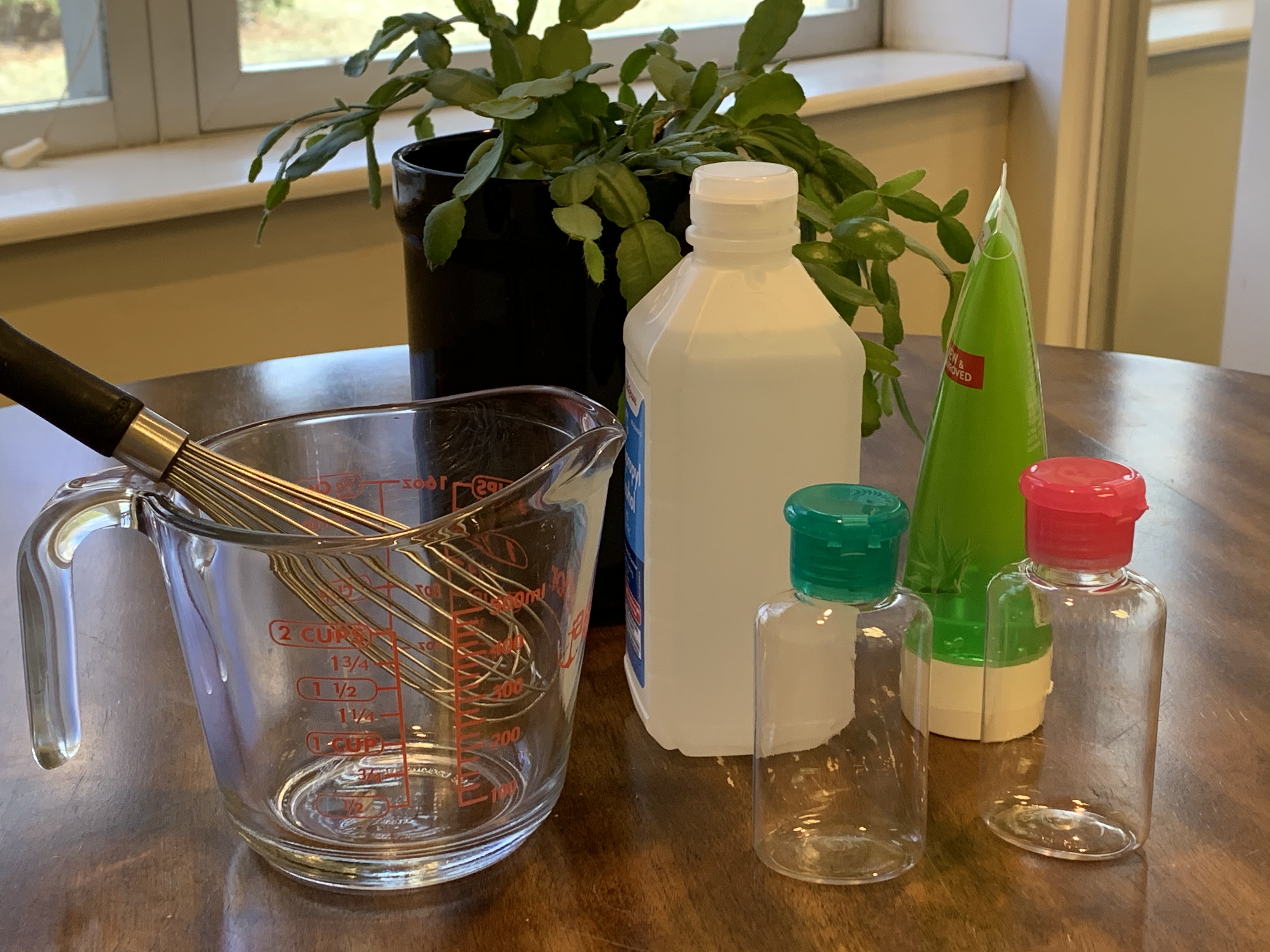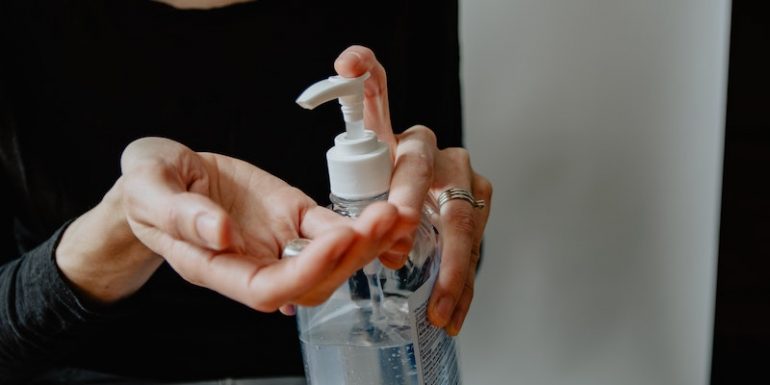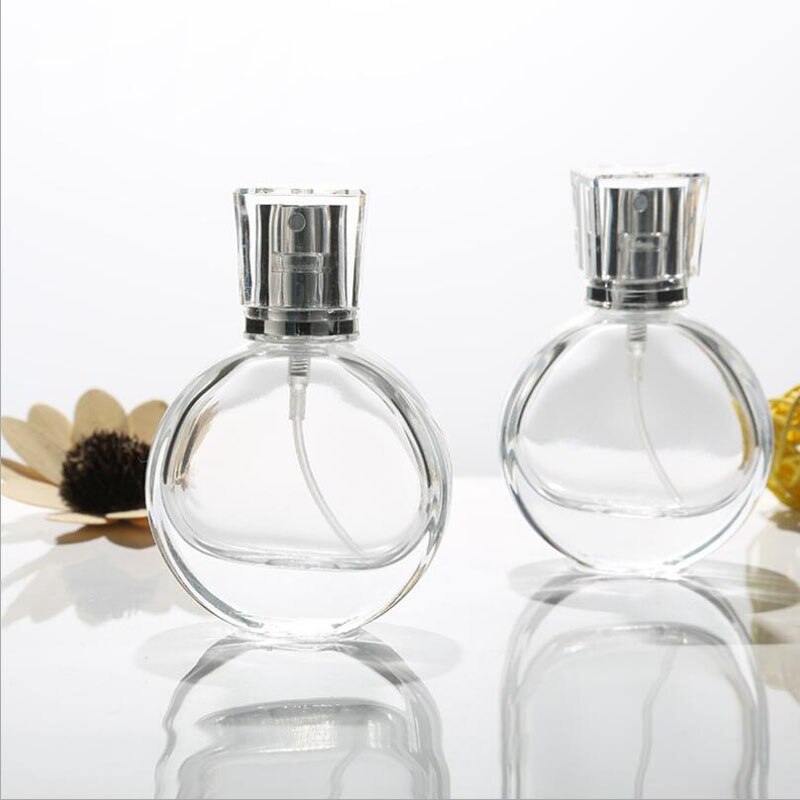How To Guide: Making Hand Sanitizer Safely at Home
Introduction:
Hand sanitizer has become a crucial item in our daily lives, especially in the wake of the COVID-19 pandemic. While it's readily available in stores, there might be situations where you need to make hand sanitizer at home. In this guide, I will walk you through various safe methods to make your own hand sanitizer at home.
Before You Begin:
Before you start making hand sanitizer, it's essential to note that the Centers for Disease Control and Prevention (CDC) recommends using hand sanitizer with at least 60% alcohol content for optimal effectiveness. Additionally, follow these safety precautions:
- Work in a well-ventilated area to avoid inhaling any strong fumes.
- Use clean utensils and containers to prevent contamination.
- Keep children and pets away from the process.
- Do not ingest hand sanitizer as it could be harmful.
Method 1: Isopropyl Alcohol-Based Hand Sanitizer
Here's a simple recipe using isopropyl alcohol, hydrogen peroxide, glycerol, and distilled water:
Ingredients:
- 2/3 cup of isopropyl alcohol (99%)
- 1/3 cup of aloe vera gel
- 10 drops of essential oil (optional)
- 1 teaspoon of glycerol
- Distilled water (as needed for desired consistency)
Instructions:
- In a clean bowl, mix isopropyl alcohol and aloe vera gel thoroughly until well combined.
- Add glycerol to the mixture and stir well.
- If desired, add a few drops of essential oil for fragrance.
- Slowly add distilled water while stirring until you achieve the desired consistency.
- Transfer the mixture to a clean, labeled container for use.
Method 2: Ethanol-Based Hand Sanitizer
If you can't find isopropyl alcohol, you can use ethanol-based hand sanitizer using this recipe:
Ingredients:
- 2/3 cup of ethanol (96%)
- 1/3 cup of aloe vera gel
- 10 drops of essential oil (optional)
- 1 teaspoon of glycerol
- Distilled water (as needed for desired consistency)
Instructions:
- In a clean bowl, mix ethanol and aloe vera gel thoroughly until well blended.
- Add glycerol to the mixture and stir well.
- If desired, add a few drops of essential oil for fragrance.
- Slowly add distilled water while stirring until you attain the desired consistency.
- Transfer the mixture to a clean, labeled container for use.
Method 3: Rubbing Alcohol-Based Hand Sanitizer
If isopropyl alcohol or ethanol is unavailable, rubbing alcohol can be used as an alternative:
Ingredients:
- 1 cup of rubbing alcohol (70% or higher)
- 1/4 cup of aloe vera gel
- 10 drops of essential oil (optional)
Instructions:
- In a clean bowl, mix rubbing alcohol and aloe vera gel thoroughly until well mixed.
- If desired, add a few drops of essential oil for fragrance.
- Transfer the mixture to a clean, labeled container for use.
Final Thoughts:
Remember that homemade hand sanitizers may not be as effective as commercially manufactured ones. However, in situations where commercial products are scarce, these homemade versions can be used as temporary solutions. Always adhere to proper hand hygiene practices such as washing hands with soap and water when available, and use hand sanitizer only when necessary.
Stay safe and keep your hands clean!



 Admin
Admin 





